 Also by Joanna Pruess:
Also by Joanna Pruess: 
The Supermarket Epicure: The Cookbook for Gourmet Food at Supermarket Prices
DArtagnans Glorious Game Cookbook
Eat Tea/Tea Cuisine: A New Approach to Flavoring Contemporary and Traditional Dishes
Supermarket Confidential: The Secrets of One-Stop Shopping for Delicious Meals
Soup for Every Body: Low Carb, High Protein, Vegetarian and More
Fiamma: The Essence of Contemporary Italian Cooking (with Michael White)
Seduced by Bacon: Recipes and Lore about Americas Favorite Indulgence
Mod Mex: Cooking Vibrant Fiesta Flavors at Home (with Scott Linquist)
Cast Iron Cookbook: Delicious and Simple Comfort Food
Copyright 2014 by Joanna Pruess
Photography copyright 2009, 2014 by Battman
All Rights Reserved. No part of this book may be reproduced in any manner without the express written consent of the publisher, except in
he case of brief excerpts in critical reviews or articles. All inquiries should be addressed to Skyhorse Publishing, 307 West 36th Street, 11th Floor, New York, NY 10018.
Skyhorse Publishing books may be purchased in bulk at special discounts for sales promotion, corporate gifts, fund-raising, or educational purposes. Special editions can also be created to specifications. For details, contact the Special Sales Department, Skyhorse Publishing, 307 West 36th Street, 11th Floor, New York, NY 10018 or
www.skyhorsepublishing.com
Library of Congress Cataloging-in-Publication Data is available on file.
ISBN 978-1-62914-324-8
All photography by Battman, except for istockphoto images on pages 115, 189, and 190 and shutterstock on page 214.
Printed in China
To Nicole, Ben, and Justin: You are, as always, my source of pride and inspiration.
And for my late mother, Harriet Rubens, who worked very hard to remember those recipes from so long ago.
One is considered fortunate nowadays if by chance one of these iron utensils is handed down to them from the second to the third generation.
Aunt Ellen
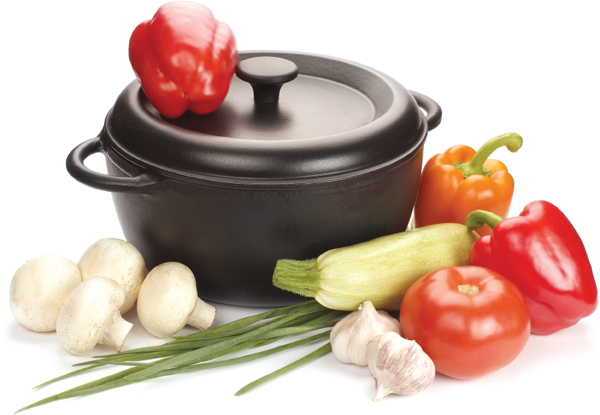
CONTENTS
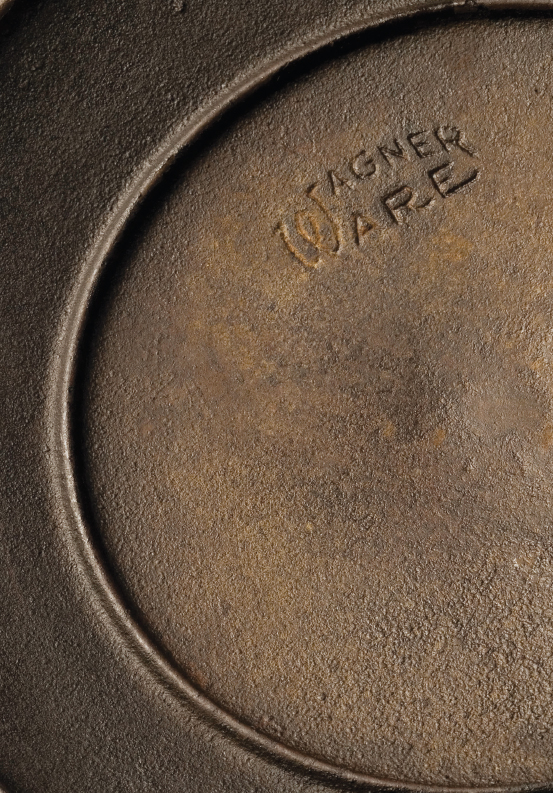
Acknowledgments
M y profound thanks go to:
First, Ann Treistman, my wonderful editor at Skyhorse Publishing, for another timely idea that evoked many happy memories, and for shepherding this project through with passion and wisdom;
Alan Batt (Battman) for your evocative photographs, easy disposition, and for going far beyond the call of duty to make the food look so real and tempting;
LeAnna Weller Smith, designer, for perfectly capturing the spirit of yesterday and today in this book and your generous, creative spirit;
David G. Smitha.k.a. the Pan Manfor expert guidance in all matters relating to cast-iron cookware, including the history and care, and for loaning me archival materials;
Joel Schifa prominent disciple of antique cast-iron cookware, and generous source of printed materials and information;
and to Jane Crosen for your copyediting and amusing, informative insights.
Thanks to the following for your pots and palates, testing and other useful thoughts:
Haejin Baek, Michael Berk, Sarah and Glenn Collins, Moira Crabtree, James Derek, Joe DiMaggio, Jr., Bobbie DAngelo, Teresa Farney, Dianne Flamini, Lucio Galano and Louis Valantasis, Clara, Tony and the entire Grande family, Pam and John Harding, Elyse and John Harney, Bob Lape, Deb Lape Lackowski, Lisa Ligas, Stephen and Sally Kahan, Carole and Winston Kulok, Sally and Gene Kofke, Geri and Kit Laybourne, Michael Pesce, Jane and Jack Quigley, Wendy Raymont, Janet Roth, Dick Saphir, Kathy and Tim Scheld, Anne Semmes, Roberta and Sandy Teller, Debbie Lewis, and Judi Arnold of Dufour Pastry.
Thanks to Rick Waln who has helped me in so many different ways.
Finally, to the relatives, acquaintances, and friends over the years who left us recipes and happy food memories .
Introduction
L ife certainly seems more challenging today, even compared with just a few years ago. Whether those earlier times were ever really kinder and gentler, or just rose-colored dreams, is debatable. For whatever the reasons, these days many of us crave the comfort of the familiar in one form or another. That yearning is most obvious in our food choices: simplicity is the new sophistication and fussy fare seems dated.
Mac and cheesejust like Moms or dressed upappears on restaurant menus. Even in fancier restaurants, some homey dishes like Brussels sprouts are served in the same cast-iron ramekins and casseroles in which they are cooked, sometimes smugly sharing the table with Limoges porcelain.
Old-fashioned fare and cookware not only satisfy our hunger, on a primal level they reassure us by their link to the past and seem so right for today.
Old Is Newsworthy
Long before my great-grandmother simmered chicken and dumplings in her Dutch oven, cast-iron cookware was appreciated. The Chinese began melting and forming the metal into vessels in the sixth century BCE. By the Middle Ages, tools and cookware that were cast in iron were so valuable they were listed as hereditary property in European estates; and in the fifteenth century, three-legged, dark gray iron cauldrons were common in hearths and fireplaces.
The pots arrived in the New World with the earliest European settlers. By the mid-nineteenth century, as Americans pushed beyond the Mississippi River across the plains to the Old West, thousands of pioneers hitched their oxen or mules to covered wagons. Often, a thick-walled pot with a tight-fitting lidthe Dutch ovenwas on the back of each chuck wagon. It was essential for cooking meals.
For the forty-niners who went to California during the Gold Rush, cooking was in black iron spiders (monumental cast iron frying pans on legs, originally designed for open hearth cooking and now pressed into service over the campfire) and Dutch ovens. Meals were dished up with the sky as roof and the earth as dining table, around a fire of sage, twigs, or buffalo chips, writes Ann Chandonnet in Gold Rush Grub: From Turpentine Stew to Hoochinoo , (University of Alaska Press, 2006).
David G. Smith, a pre-eminent cast-iron cookware historian (a.k.a. the Pan Man), veteran collector, and co-founder of the Wagner and Griswold Society (www.wag-society.org), says that the first piece of cast-iron cookware made in the American Colonies was a small kettle cast in 1642, in Lynn, Massachusetts.
Today, celebrated chefs and cooks like Emeril Lagasse, Tom Colicchio, and Martha Stewart are among many who have joined the cast-iron bandwagon as enthusiastic advocates.
Why Cast-Iron Now?
Teresa Farney, a friend and food editor of the Colorado Springs Gazette , asks: Do you really need to dish out hundreds of dollars for designer-label, high-end cookware when theres good old cast-iron around? Durable, functional, and relatively inexpensive, cast-iron has so much going for it, its a wonder more cooks dont use it. Maybe its because cast-iron seems so old-fashioned compared to all the modern-looking $300-plus industrial cookware sets.

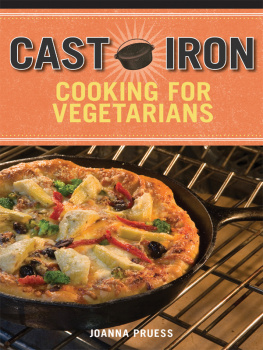
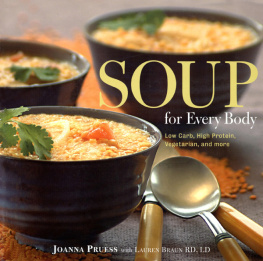
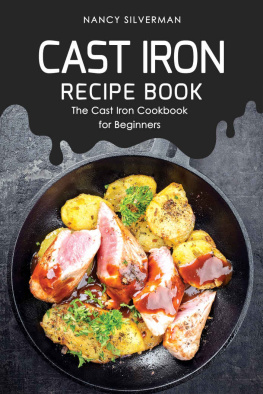

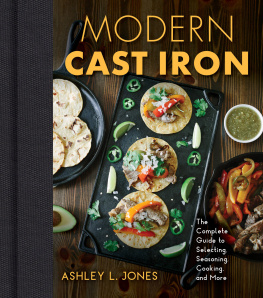
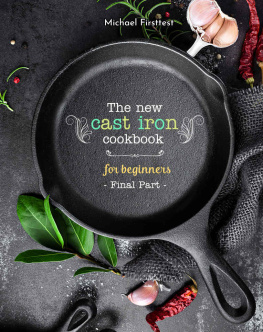
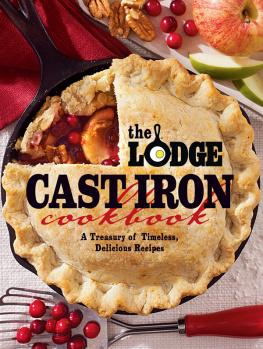
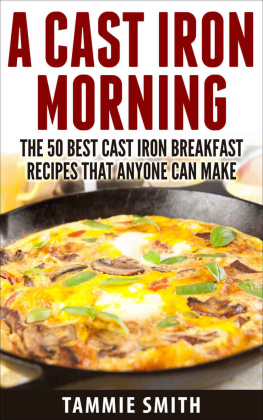
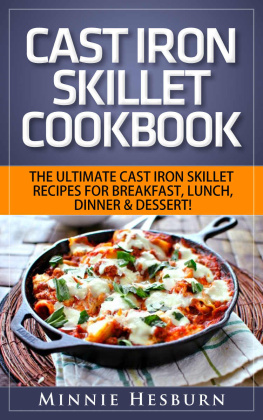
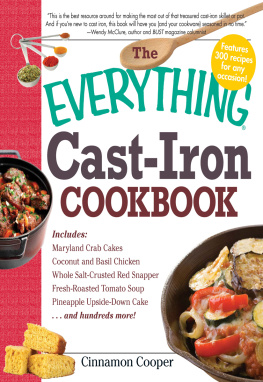
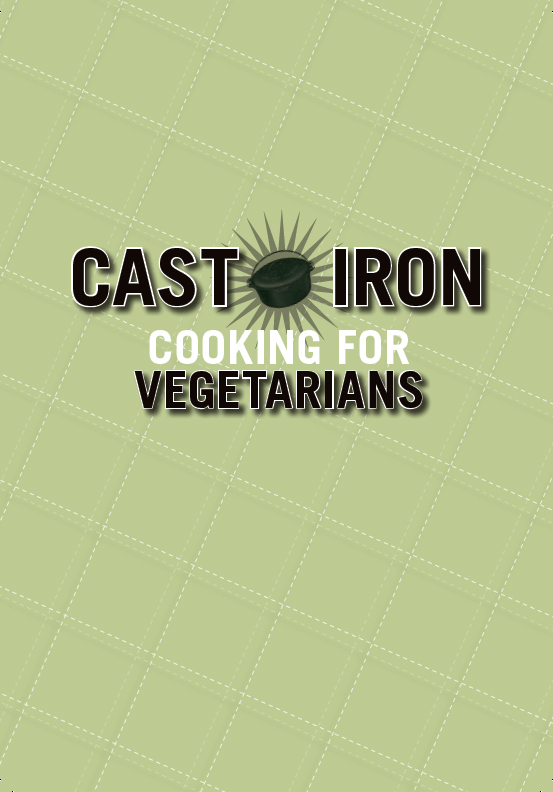
 Also by Joanna Pruess:
Also by Joanna Pruess: 


